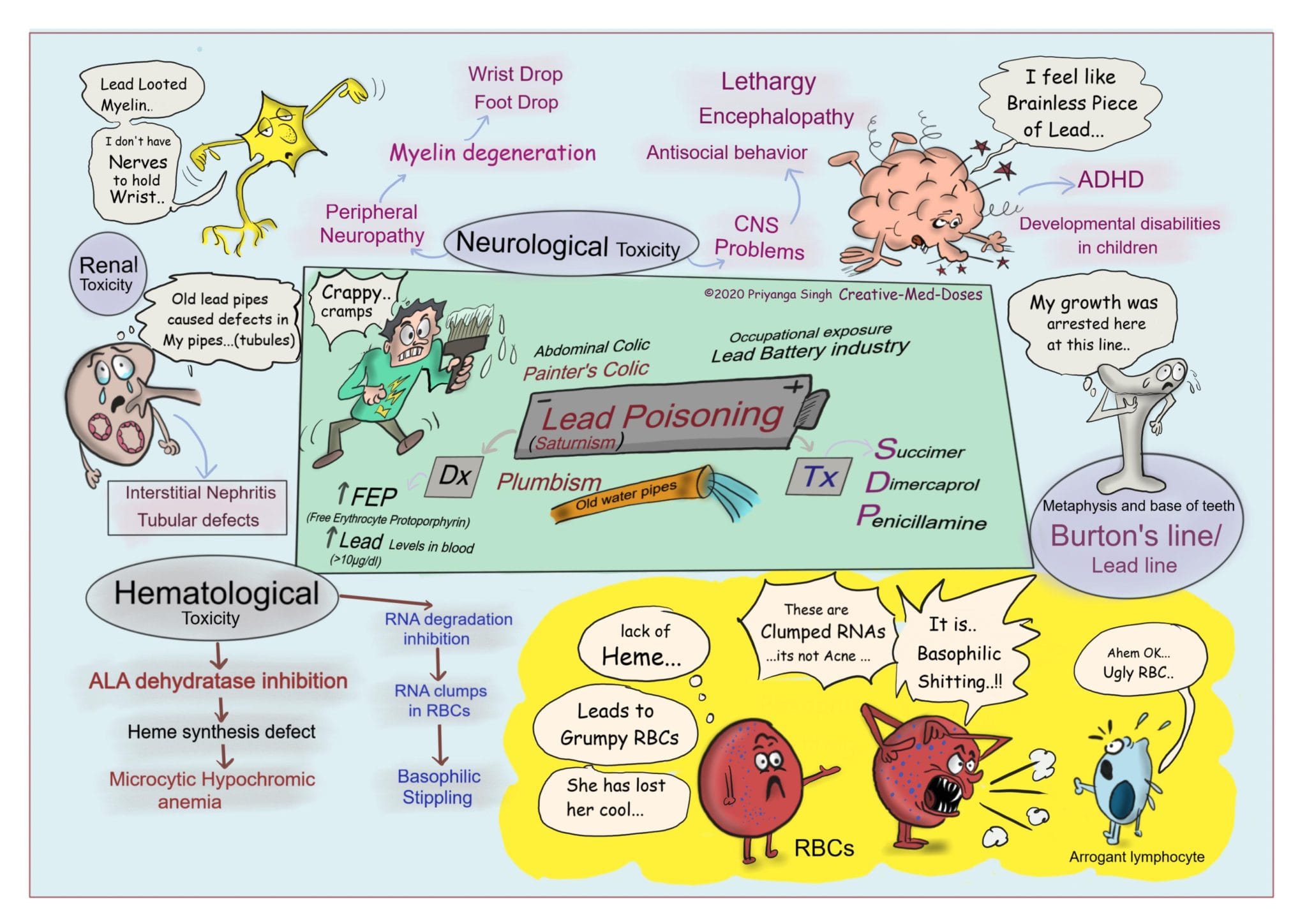As the conflict in Gaza escalates, the plight of individuals with disabilities has become increasingly dire. In a region already beset by humanitarian crises, those with disabilities face compounded challenges that threaten their very existence. The chaos of war, coupled with a lack of accessible infrastructure and support systems, has created an environment where survival is an everyday struggle.
According to the United Nations, approximately 1.5 million people in Gaza live with some form of disability, representing around 10% of the population. Many of these individuals rely on specialized services and medical care, which have been severely disrupted by ongoing hostilities. Hospitals, already strained by years of blockade and limited resources, are now overwhelmed with casualties from the conflict, leaving little room for those needing routine care.
The World Health Organization (WHO) has reported that the healthcare system in Gaza is on the brink of collapse. Essential medications and rehabilitation services are in short supply, and the destruction of medical facilities has further exacerbated the situation. For individuals with disabilities, this means that access to necessary treatments, mobility aids, and even basic medical attention is often out of reach.
Moreover, the physical environment in Gaza poses significant barriers. Many buildings remain inaccessible, and the destruction of infrastructure has made transportation nearly impossible for those with mobility impairments. This isolation is compounded by the psychological toll of living in a war zone, where fear and trauma are constant companions.
Local organizations, such as the Palestinian Disability Forum, have been working tirelessly to advocate for the rights of individuals with disabilities. They provide essential support services, including food distribution and psychological counseling, but their efforts are often hampered by the ongoing violence and limited resources. The international community has also been called upon to provide aid, yet the flow of assistance is often obstructed by the conflict.
Despite these overwhelming challenges, many Gazans with disabilities exhibit remarkable resilience. Community members often come together to support one another, sharing resources and information. Grassroots initiatives have emerged, focusing on empowerment and advocacy, aiming to ensure that the voices of individuals with disabilities are heard amidst the chaos.
The situation remains dire, and urgent action is needed to address the unique needs of this vulnerable population. As the world watches the events unfold in Gaza, it is crucial to remember that behind the statistics are real people—individuals with dreams, aspirations, and the right to live with dignity. The international community must prioritize their needs and work towards a peaceful resolution that considers the rights and well-being of all Gazans, especially those with disabilities.
In conclusion, the ongoing conflict in Gaza has created an impossible situation for individuals with disabilities, who face not only the immediate dangers of war but also the long-term effects of neglect and isolation. As we reflect on the humanitarian crisis, it is essential to advocate for inclusive policies and support systems that ensure the safety and dignity of all individuals, regardless of their physical abilities.



